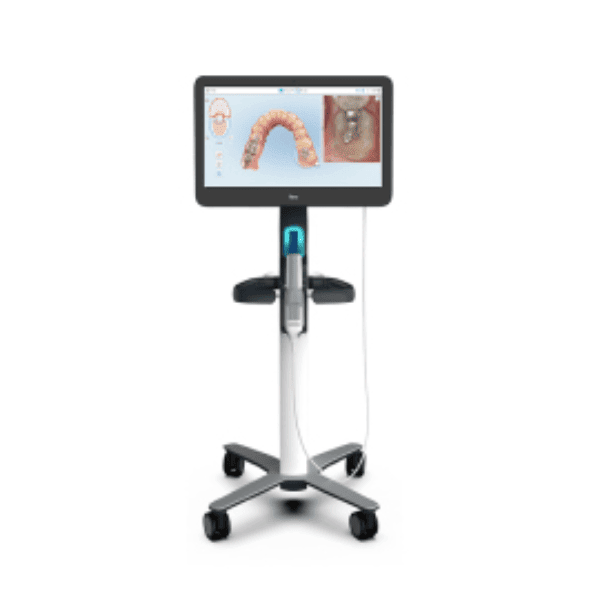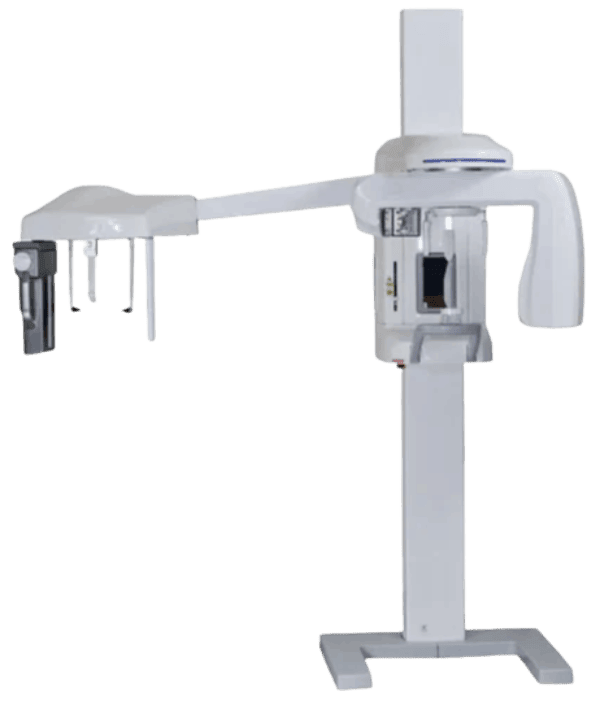
iTero 5D Scanner
To offer comfort, effectiveness, and the best treatment options, we utilize the most advanced technology. Our iTero 5D scanner is a state-of-the-art imaging system that can take detailed 3D and 2D color images of your teeth and smile. This tool aids Dr. Reese in getting a better visual of your smile and making better diagnoses. With its incredible accuracy, the iTero 5D scanner utilizes near-infrared imaging (NIRI) to detect early signs of interproximal caries, which are slightly lighter areas between two teeth that show where the enamel has begun to weaken from bad bacteria.
Reese Orthodontics is proud to offer the iTero 5D Scanner as part of our treatment processes. Since the iTero 5D scanner provides us with three different types of images of your teeth, allowing us to see multiple angles, Dr. Reese can create better treatments, be more precise, and make more accurate diagnoses.

Panoramic X-Ray
Panoramic X-ray imaging is a type of technology that allows Dr. Reese to capture up to a 360-degree view of your teeth and the surrounding jaw structures. Typical X-rays involve bitewings and can be incredibly uncomfortable, not to mention they require multiple angles and images. This takes a long time and creates x-rays that piece together the shape of the mouth but is not always as easy to look at. A panoramic X-ray is more comprehensive in that Dr. Reese will be able to view the neck, head, and jaw as a whole image which is much easier for identifying impacted teeth and cysts as well as making better diagnoses overall.

Cephalometric X-Ray
A cephalometric X-ray is similar to a panoramic X-ray in operation. They both circle the head, creating a full X-ray with no need to insert anything into your mouth. Cephalometric X-ray images are similar to panoramic X-rays in that they both create full X-rays of the mouth. However, they focus on different areas. The panoramic X-ray will focus more on the jaw, while the cephalometric X-ray will focus on the nasal passages and sinuses. They are both beneficial in assessing the need for treatment and the progress of treatment, as well as providing complete images of the mouth, neck, and head. Deciding which one will be used is completely up to Dr. Reese and the goals of your treatment.
